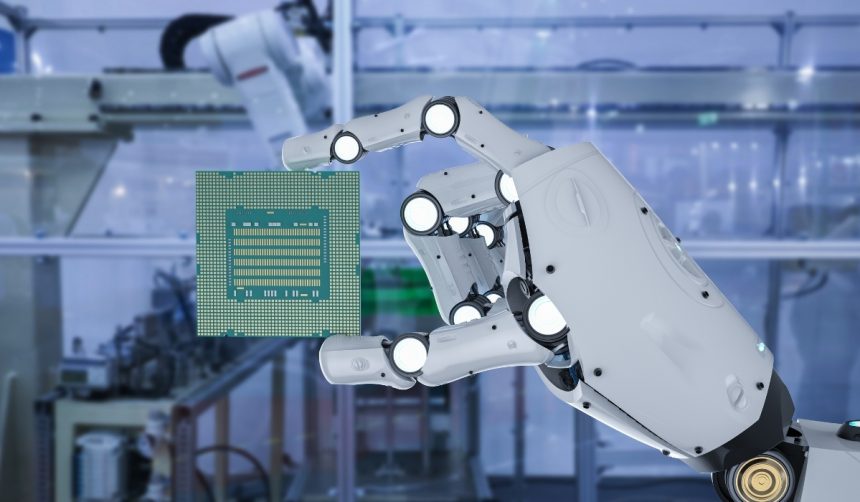Shoppers visiting DeCicco & Sons grocery stores in New York will soon encounter a new presence among the aisles: the Tally robot from Simbe Robotics. The recent partnership between Simbe Robotics Inc. and DeCicco & Sons includes deploying Simbe’s Store Intelligence platform at the Sleepy Hollow flagship and other locations in Eastchester and Larchmont. This move reflects DeCicco’s intent to blend tradition with technology, integrating robots and digital tools to optimize routine tasks. The strategy also aims to streamline store operations in response to rising labor costs and dynamic retail landscapes.
The introduction of robotics in grocery stores has been an ongoing development, with several chains piloting or expanding trials of shelf-scanning and inventory robots in recent years. Some systems have focused primarily on inventory and stock-level management, while others addressed checkout automation or personalized recommendations. Contrasted to these earlier efforts, Simbe’s partnership with DeCicco & Sons focuses directly on using Store Intelligence data to improve not only stock accuracy but also in-store experiences and storewide efficiency. This approach reflects market trends toward comprehensive integration of robotics rather than isolated pilot deployments.
Why is DeCicco & Sons Investing in Automation?
DeCicco & Sons, established in 1973, has gained recognition in the New York metropolitan area for a wide product selection and attentive service. Facing competitive market pressures and evolving customer demands, the grocery chain is leveraging Simbe’s real-time inventory and pricing systems to address labor-intensive tasks and improve accuracy. By incorporating solutions like Simbe’s Tally, Aperion’s digital shelf displays, and contactless checkout, the retailer aims to create a streamlined environment that benefits both customers and staff.
How Does Simbe’s Store Intelligence Platform Work?
Simbe’s Store Intelligence platform features the Tally autonomous mobile robot, which navigates store aisles and uses AI-powered computer vision to monitor product locations, availability, and pricing. This allows for near real-time updates on inventory status and price accuracy. According to Simbe, the system can reach 98% on-shelf product availability and a 90% boost in pricing precision, aligning store floors with both shopper expectations and digital fulfillment tools.
What Are the Broader Implications for Retail Robotics?
The expansion with DeCicco & Sons signals Simbe’s broader push into East Coast retail and reflects a trend across the sector toward increased automation. With market researchers forecasting retail robotics to reach a $120 billion valuation by 2029, the industry anticipates further integration of inventory management technologies. Simbe’s existing deployments across the U.S., Europe, and Asia suggest growing acceptance of robots as an integral infrastructure supporting store operations and consumer satisfaction.
“By automating inventory management, our team members can spend more time assisting customers and less time on repetitive tasks,” stated John DeCicco Jr., president of DeCicco & Sons.
This partnership, according to Simbe, supports a shift toward “precision at scale,” aiming to minimize inefficiency and deliver consistent service levels. Citing increased grocery price volatility and a need to reduce food waste, Simbe highlights the advantages of automation for operational agility and sustainability.
As more retailers assess the potential of robotics, several considerations arise. Real-time visibility and automated data collection can reduce human error, manage volatility in product pricing, and better align inventory with actual shopper needs. However, full integration with existing IT and logistics platforms remains a crucial step for realizing such benefits. Retailers like DeCicco & Sons experimenting with multi-faceted technological solutions—not only robots, but collaborative platforms and digital integrations—could signal the trajectory for broader adoption. Data privacy, employee adaptation, and system reliability are important factors that will continue to shape implementation strategies. Companies planning to deploy similar systems may need to pay particular attention to these operational challenges as they scale up.










